is for Conserve and Curate in the A to Z of Tools for Legacy
The verbs to conserve and to curate are chicken and egg concepts. Do you have to conserve something before it can be curated? Or is conservation something done within the process of curation?
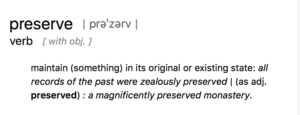
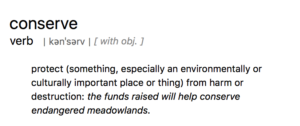
Like almost every discussion about the difference between two things, the difference between preservation and conservation may be debated. The above two definitions highlight the distinction between maintaining something and protecting something.
Most individuals do not have the skill set to preserve anything. To maintain something in a certain state is nearly impossible. Over time, paper can yellow and become chalky, food spoils, cotton becomes brittle and disintegrates when touched. Professional conservators and many regular folks attempt, as best they know how, to protect items in their care and preserve as much of the item’s original state or meaning as can be maintained. Digitization, refrigeration, and locked museum cabinetry all are used to attempt to preserve items and conserve essential elements of those items. Clear as mud, right? For our purposes, let us just think of conservation as as a process that considers context. We accordingly see preservation as only concerned with the thing itself.
Conserve
A conservator in a museum works in a lab.
- collection
- protect and secure
Curate
A museum curator works at collection formation.
- present or make available to others
- select context for presentation
Individuals Curate & Conserve as Best They Can
In the area of conservation, individuals do what they can. Cedar chests are proof of this. Curation is difficult in many respects because it requires choices. The choices are very different if you are curating your own material or those of others. We cannot always understand the legacy implications of our own stories and possessions.
I think of the importance place upon generations of family photos arranged in carefully created albums as the best illustration of this. Branches of family are carefully assigned to specific volumes. Oldest to most recent photographs reflect the passing of time in current albums.
Curation is much more than guarding photos or putting them in acid free boxes. We now have the ability to preserve images both as objects and information.
- If you know who someone is in a photo, label the photo. Soft pencil on the back of snap shots will work. Ink can bleed through from back to front of image. A bond paper with info in an archival envelope with the photograph can also work, but the items may be become separated. Think about the item ending up without any context associated. What does it convey?
- Photos can and may well be ripped from albums, even from gorgeously crafted scrapbooks, after the creator is gone. I often find empty archival quality photo albums at thrift stores. Sometimes they have been used and a few images may even remain inside. It makes me very sad when I find them.
Back and Front of Photograph of Unidentified Individuals
I found this photo in an store that rotates estate sale items through their space. It was in a basket with old post cards.
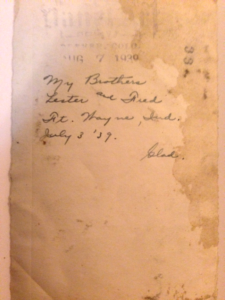
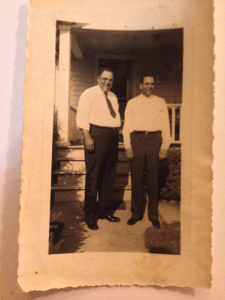
I am certain the person who wrote on the back of the photograph, probably a sister of the two men, was doing her very best to curate information for future generations of family. But the image has lost context. We do not know who wrote this, nor the last names any individuals. Age, specific location, and all event information are missing.
Digital Curation
It is tempting to think that digital is forever. Many people believe that once something is put on the web that it is there forever. But the first law of digital information, in my humble estimation, should be:
“If you try to preserve information digitally, it will be lost. If you do not want information to be preserved, it will go viral.”
- Digital images and information can be scrambled and lost through exposure to magnetic forces.Thumb drives, those little storage and memory sticks that insert into USB ports on electronics, mean that sage individuals can easily put a memoir, the genealogy of their family, and family photos and give identical copies to everyone in a family who is interested in such things. Community groups can do similar things.
- Thumb drives are small and can be lost.
- Storage technology changes: diskettes, CDs, memory sticks, scrolls, manuscripts, books, ebooks
- Storage in the cloud has to be paid for in order for the information to be maintained.
- Print books, even those created on acid free or archival quality paper can be lost to fire, water, and loss.
Each person can only do what is feasible and possible within a particular context and set of constraints. With current technology, preservation in physical and digital forms provides avenues to curation and enriching information that were unimagined even a few decades ago.
You can take advantage of these advancements. Two formats may be better than one.
Legacy Tools
April 2016 A to Z Challenge
Letter C Curation Considerations Tools for Legacy projects
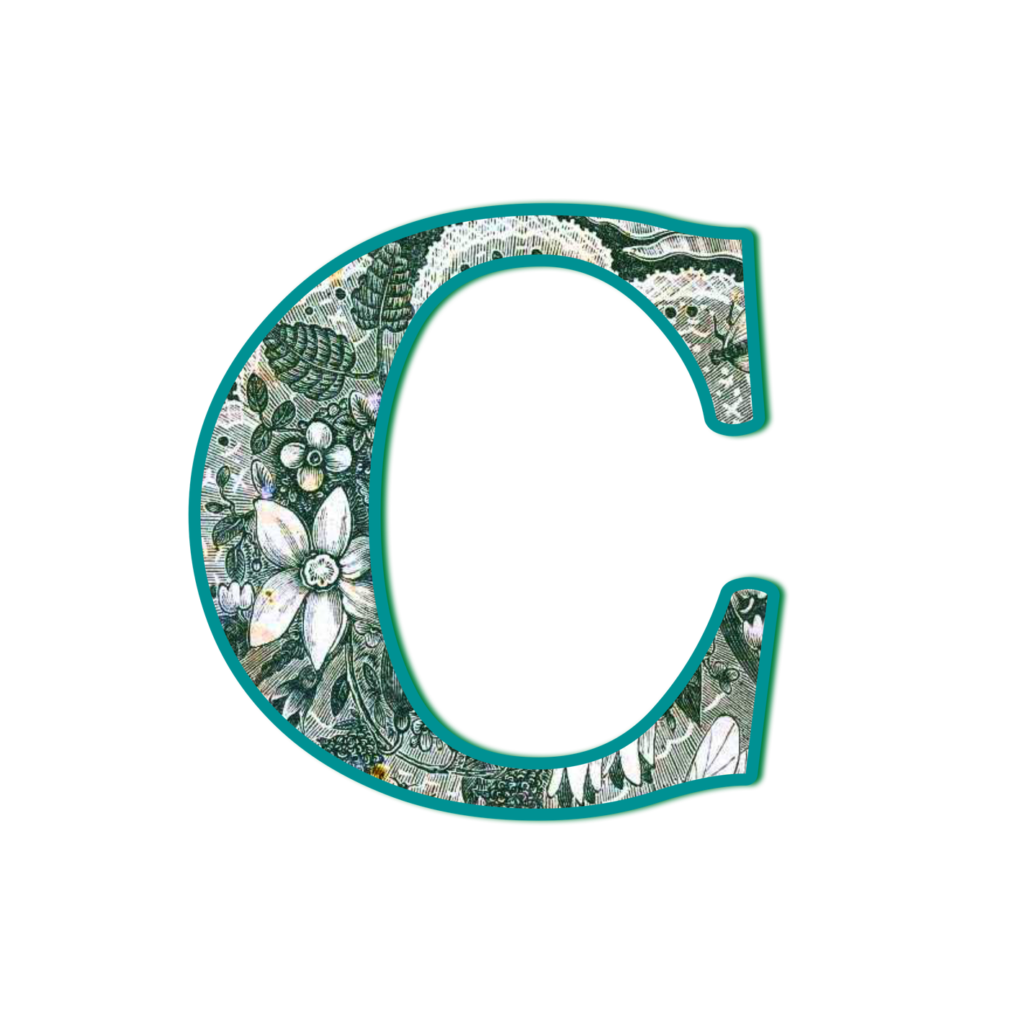

Leave a Reply